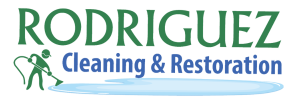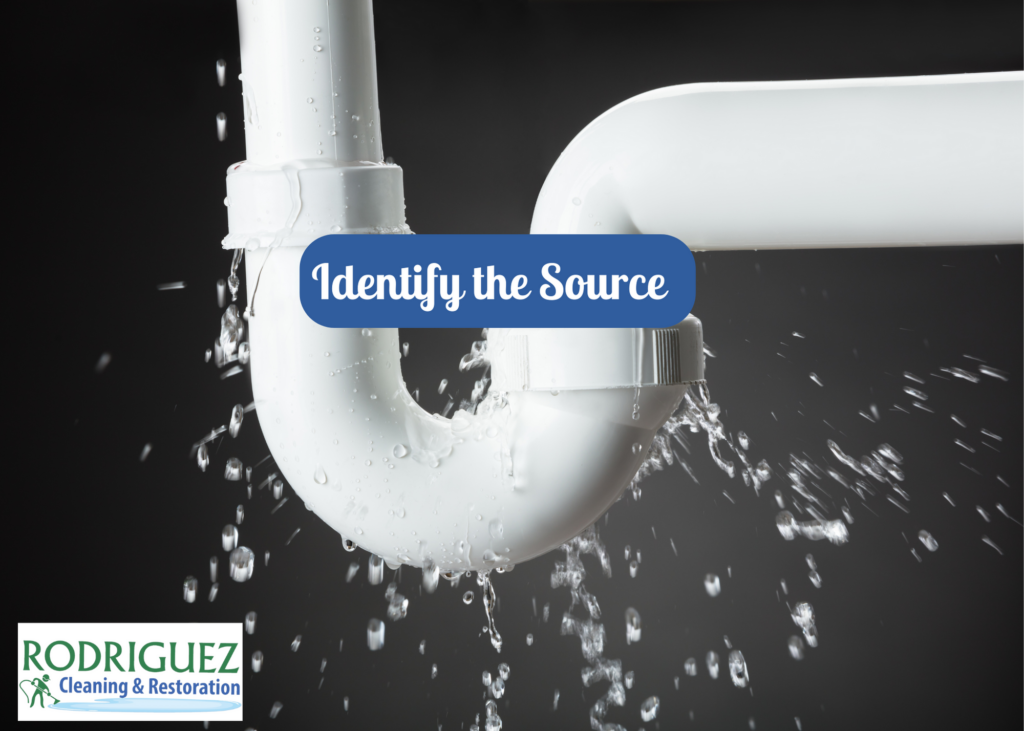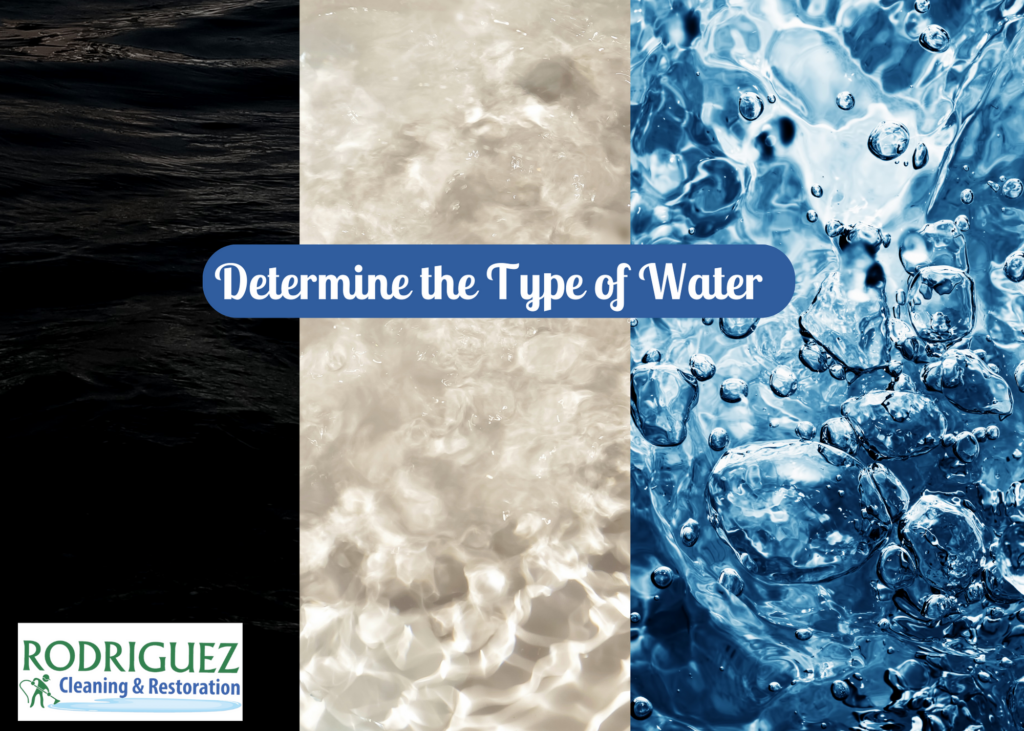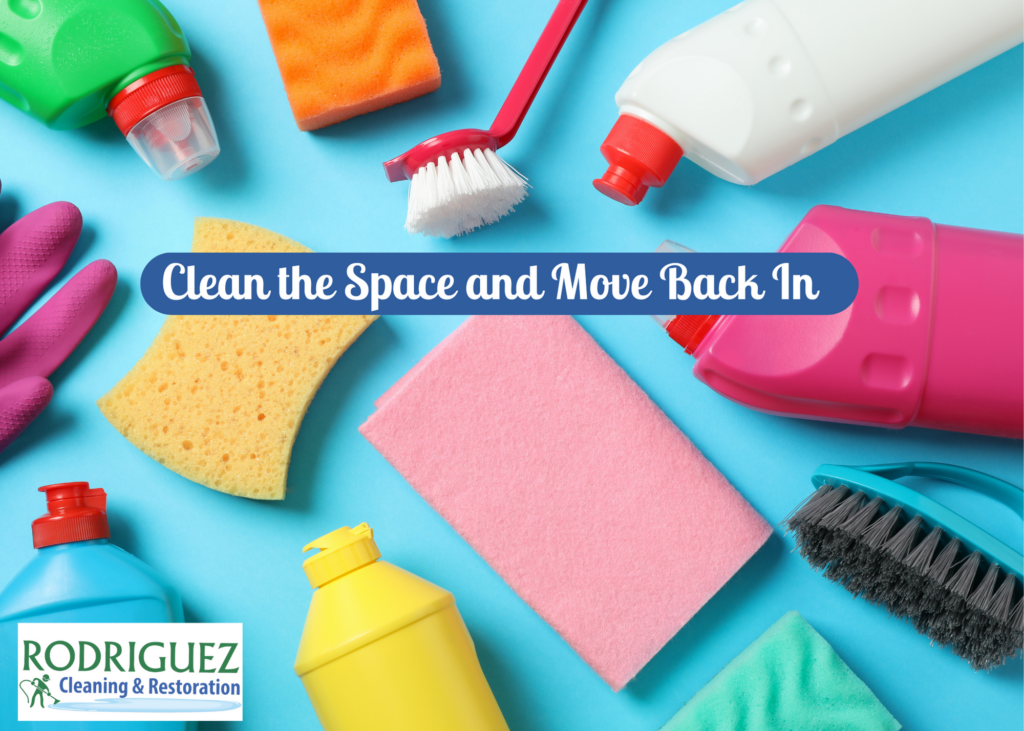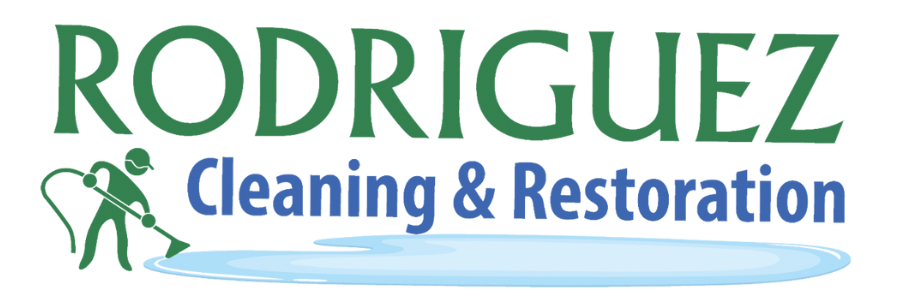What Should You Do Immediately After Water Damage?
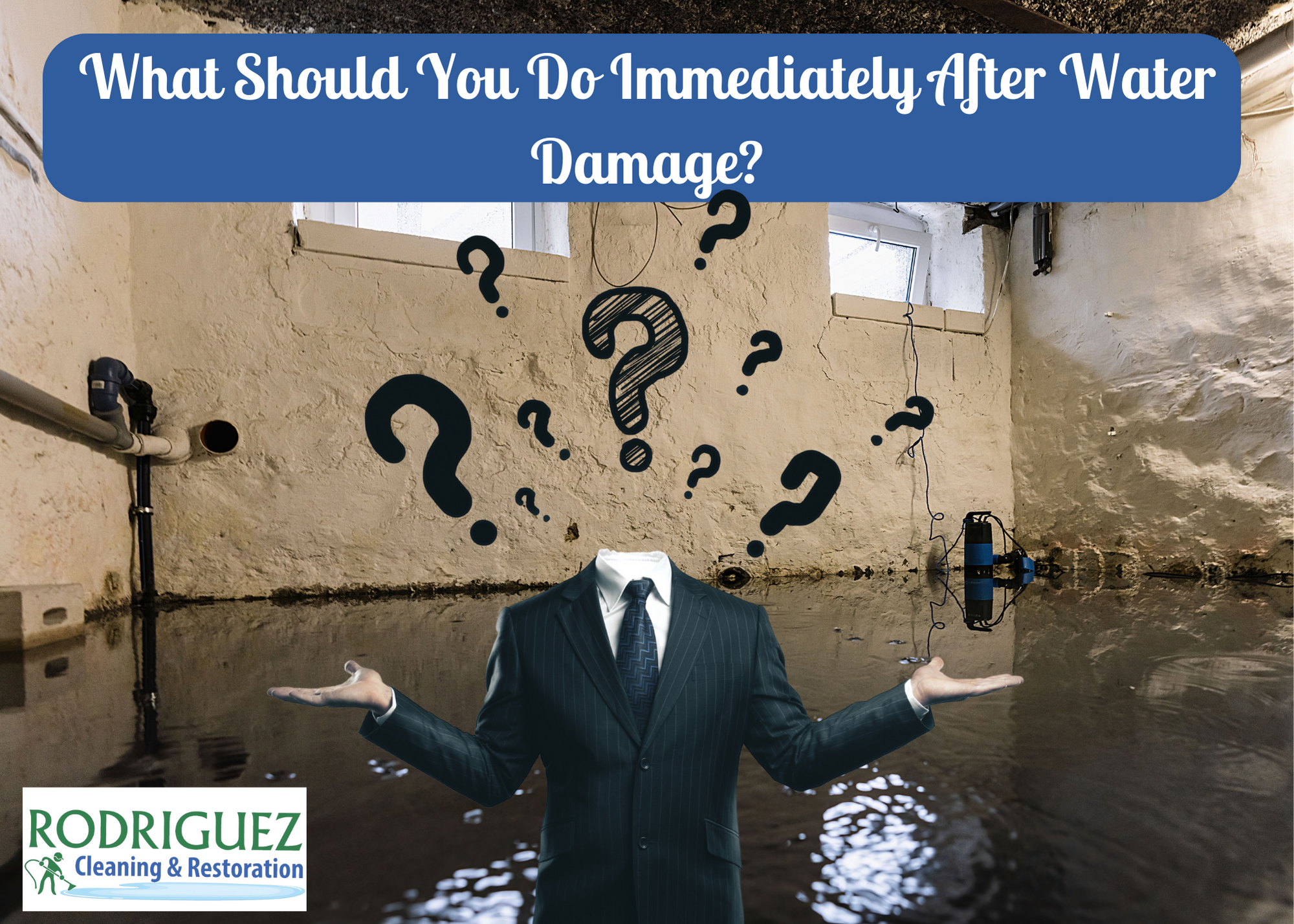
Water damage is one of the most aggravating and damaging incidents that can happen in your home. It can result from various situations, such as a leaking pipe, a broken appliance, or a sewer backup. Whether simple or complex, a water incident can leave your metallic surfaces tarnished, your wooden antiques damaged, and your drywall in ruins. These issues can have a deep impact on your health in multiple ways. A water incident can impact your physical health and affect your psychological state. No matter what triggered the water overflow, there are routine procedures that you can follow until a professional evaluates the situation. Here are things that you need to remind yourself to do after a water incident.
1. Identify the Source
You should identify and stop the leak or any other overflow source. Most home water overflow is caused by corroded or broken leaking pipes, but it could also be a construction defect or a leaky roof. Concerning leaking pipes, what appears to be a minor leak can become a significant problem. Therefore, even if the initial water damage seems like a small issue, repairing it as soon as you notice it is essential. Because when water overflow begins, your home’s structure and personal belongings can be damaged.
After identifying the water leak’s source, take pictures to monitor the progression of the damage. If you cannot identify the source, contact your local Louisville KY, experts to investigate the situation.
2. Contact Your Insurance Company
Calling your insurance company might not be the first step to take in the case of water damage, but it is also essential. This action is important as well because it assists you in understanding your options and whether your insurance company will resolve the matter (if it will cover the incident). Document every item that has been damaged so that the insurance company won’t miss anything when they visit your home.
3. Determine the Type of Water
The types of water include:
- Clean water. It is unpolluted and comes from leaking pipes, broken toilets (not sewage backup), and water heaters.
- Gray water. It contains chemicals or other contaminants like mold and bacteria and is caused by appliance malfunctions like septic backup, sump pump failure, and washing machine or dishwasher discharge.
- Black water. It is heavily contaminated with raw sewage from sewage systems. It has severe health risks and requires a professional.
4. Protect Yourself and Your Family
Protecting your family and your pets is one of the most important steps to take in the event of a major disaster in your home. In this case:
- Turn off the power. Remember that water conducts electricity. Therefore, if the main switches are in wet areas, it is best to leave the power on until you can contact a professional. However, only enter your house if you have turned off the electricity.
- Wear protective clothing. Protective gear like gloves and rubber boots can help protect you from injuries or cuts that might transmit bacteria into your body.
- Protect your valuables. Remove any area rugs on damp flooring and protect your wood furniture against staining by placing aluminum foil under their feet.
5. Check for Mold
If you quickly dry your home after water damage, you can prevent mold growth. However, mold might still grow on items you never considered, including mattresses, crawlspaces, venting systems, and fireplaces. Mold and mildew growth might spread fast, so it is best to call a professional to assess any mildew or mold problems in your home. Take any necessary measures that can prevent mold damage after a water incident.
6. Begin the Water Restoration Process
Water damage can cause structural damage and the loss of treasured belongings. Restoring the damage water leaves behind should be handled by experienced professionals as soon as possible. A professional water restoration company can handle the aftermath of water incidents like leaks and flooding, providing cleanup services and completing repairs in your home. Water restoration processes include:
- Flood cleanup includes water extraction to reduce the chances of additional damage.
- Sewage cleanup includes antimicrobial and other decontamination treatments.
- Drying furniture, carpets, and other items is done to restore them to their original state.
- Document drying is done to salvage important photographs and paperwork.
- Repairs: A reputable water damage restoration company in Louisville KY, can oversee roofing and electrical wiring repairs.
Begin the restoration process within 24 hours after the overflow because mold will grow if you wait longer. In most cases, a home’s damage can be too extensive to handle by yourself. Plus, it is unsafe to be in direct contact with the flooding water; it may contain contaminants. Now is the time to call a professional water restoration company to conduct the remediation work efficiently. If you decide to do some water restoration work yourself, wear protective clothing and disinfect your hands after that task.
It can be challenging to predict the duration of your restoration, but a professional water restoration company can take the minimum amount of time to complete that process. Usually, these companies dry your home within three to five days to avoid further issues such as foundation damage and mold growth. That’s why it’s vital to work with a contractor with experience in providing emergency water services that can arrive quickly to begin restoration.
Once the water is removed from your home, you can begin drying your belongings. If power has been restored, use your AC to remove humidity from the house. Use floor fans, dehumidifiers, and air movers to dry damp areas of your home.
7. Clean the Space and Move Back In
Once the space has dried out, it is time to clean, sanitize, and move back in. If the water incident was from clean water, like a leaking pipe, you could clean the house using everyday cleaning supplies. But if dirty water or sewage is involved, it is better to contact a professional contractor.
During the entire repair and restoration process, you will likely need to stay in another place, a hotel, or with family and friends. It may take some days to get your home back to normal. Try to only move back into or live in your home once it is thoroughly inspected for structural damage or mold. You can move back in once everything is in perfect shape.
If you leave the incident untreated, it can cause severe health conditions and structural damage. A water incident may not appear to be a significant issue, but it is always best to deal with it as soon as possible.
Final Word
Water damage can cause several problems if you do not address it promptly. Acting swiftly to turn off the power, stop the source of the water overflow, remove water from your house, salvage your belongings, and contact a water restoration professional is critical to minimizing the extent of the damage and preventing further damage issues. If you take these immediate steps, then you can mitigate the effects of a water incident and ensure the safety of your health and property. Water restoration can be complex and time-consuming; therefore, it is important to mobilize the help of professionals with the equipment and expertise to handle the situation effectively and efficiently. Try using this guide to get through a water incident in your home.
